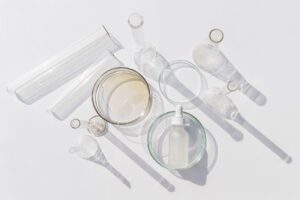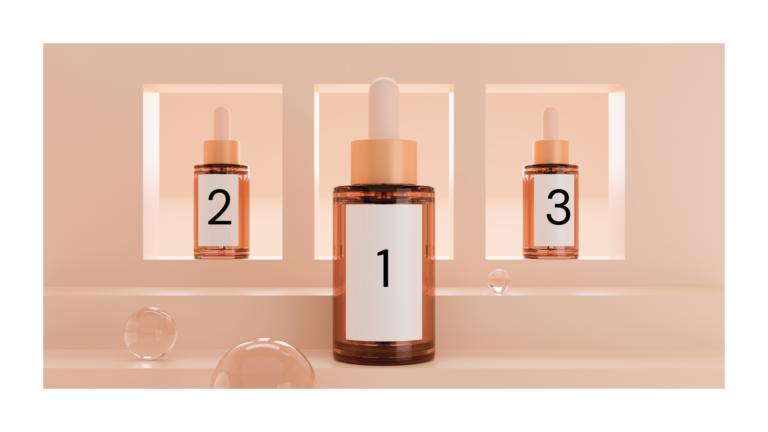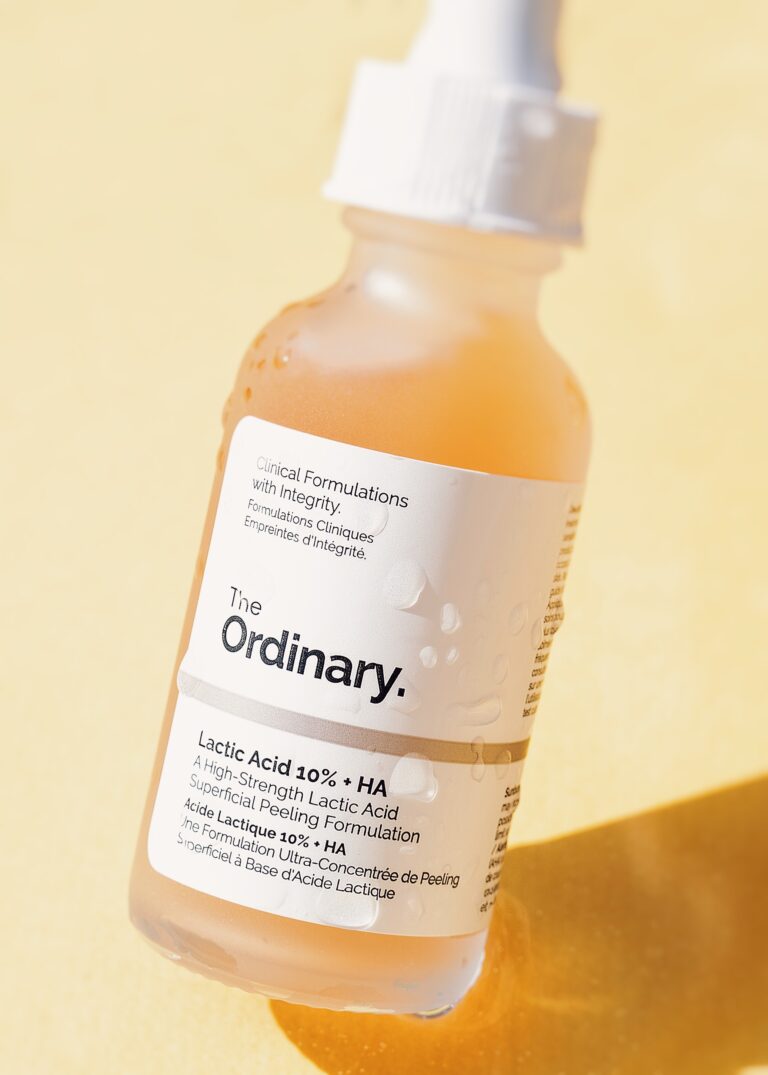

In today’s competitive skincare market, establishing and maintaining trust with your customers is crucial for sustained business success. Trust doesn’t just foster loyalty; it turns satisfied customers into true advocates for your brand. This is particularly important in an industry where products significantly affect users’ wellbeing and self-esteem. Here, we delve into three essential steps that skincare companies can take to build and strengthen brand trust. 1/ Gain a Deep Understanding of the Skincare Products You Are Creating Knowledge is power, particularly when it comes to formulating skincare products. For instance, if you are developing a product with Vitamin C,

In the realm of beauty and personal care, the allure isn’t just in the product itself – it’s in the promise it holds, the experience it offers, and perhaps most strikingly, the packaging that speaks it’s language! From the sleek lines of luxury skincare to the vibrant colours of cosmetic palettes, packaging plays a pivotal role in shaping consumer perceptions and driving purchasing decisions. In the landscape of Australia’s beauty and personal care market, the numbers speak volumes. According to projections, this year alone is poised to witness a staggering $11.2 billion in revenue. And as per data sourced from

From eliminating greenwashing through blockchain technology and government-mandated evidence of eco-friendly marketing claims through the Green Claims Code and our own Australian ACCC latest draft guidance to improve businesses’ environmental claims to democratizing access to sustainability substantiation, the realms of ingredient transparency have certainly made great strides. However, with 94% of UK consumers stating that brands need to show more sustainability transparency, there is still more work to be done. To understand the social and environmental impacts of the formulations and products we are selling to consumers, we need to be more diligent in the transparency as this is the
Are we entering a new era of cosmetic regulation? Certain acts and regulations related to cosmetics can vary by country or region. These regulations often focus on ensuring the safety, labelling, and advertising standards of cosmetic products. In the US, recent developments in MoCRA (Modernizing Cosmetics Regulation Act) have come to light. What you may not know is exactly what the legislation means for your company in terms of necessary adjustments in operations and strategy. There’s plenty to learn about MoCRA and its implications for your organisation – including new records to be created and maintained; testing that must be

Lactic Acid is a common ingredient found in a wide range of cosmetic and personal care products, such as the increasingly popular chemical peel. While it is known for providing unparalleled benefits for the skin, there are some important safety requirements you should be aware of when using this ingredient. As a beauty brand owner, you must be aware of the cosmetic formulation guidelines and workplace health and safety (WHS) precautions for this commonly used ingredient so that you can protect everybody interacting with both this ingredient and any products containing it. Below, we detail what Lactic Acid is, and
©2023 ph Factor | We Create The Different | Suite 1, 8a Fisher Place Narwee NSW 2209 | Ph: (02) 9533 1751 | Site Credit
©2023 ph Factor | We Create The Different | Suite 1, 8a Fisher Place Narwee NSW 2209 | Ph: (02) 9533 1751 | Site Credit